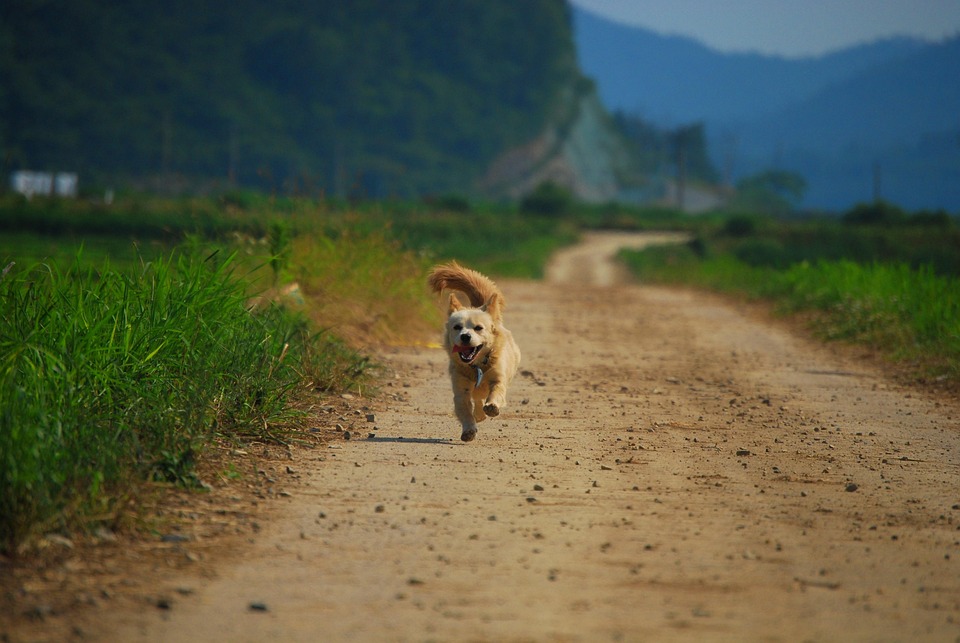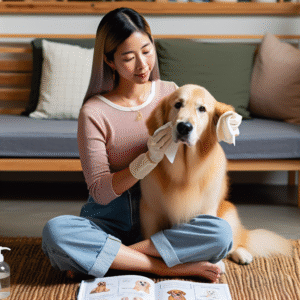
Welcoming a puppy into your home is an exciting and rewarding experience. However, it can also be challenging, especially when it comes to training your new furry friend. Mastering puppy obedience training is crucial for a harmonious household and a happy dog. This article will provide you with comprehensive tips to achieve fast results in training your puppy, ensuring that they grow into well-behaved and obedient dogs.
Understanding Puppy Behavior
Before diving into training techniques, it’s essential to understand a puppy’s behavior. Puppies are naturally curious, playful, and eager to learn. They have short attention spans and a high energy level, which makes consistent training crucial. Recognizing these traits can help tailor your training methods to be more effective.
Establishing a Routine
Puppies thrive on routine. Establishing a consistent daily schedule for feeding, potty breaks, playtime, and training sessions helps your puppy understand what is expected of them. Consistency in routine not only aids in faster learning but also builds a sense of security and trust between you and your puppy.
Positive Reinforcement
The Power of Rewards
Positive reinforcement is one of the most effective training methods. It involves rewarding your puppy for good behavior, which encourages them to repeat those actions. Treats, praise, and playtime are excellent rewards. Identify what motivates your puppy the most and use it to your advantage during training sessions.
Timing is Everything
When using positive reinforcement, timing is crucial. Immediately reward your puppy after they perform the desired behavior to establish a clear connection between the action and the reward. Delayed rewards can confuse your puppy and slow down the learning process.
Basic Commands
Start with the Essentials
Begin training your puppy with basic commands such as “sit,” “stay,” “come,” and “down.” These commands lay the foundation for more advanced training and help establish control and communication between you and your puppy.
Consistency and Patience
Consistency is key when teaching basic commands. Use the same words and gestures each time you give a command. Be patient, as puppies may take time to understand and respond to these commands. Repetition and practice will lead to success.
Socialization
Socialization is a critical aspect of puppy training. Exposing your puppy to different environments, people, and other animals helps them develop confidence and reduces the likelihood of behavioral issues in the future. Arrange playdates, take your puppy to dog-friendly parks, and introduce them to various situations in a controlled manner.
Crate Training
Creating a Safe Space
Crate training is an effective tool for housebreaking and providing your puppy with a safe space. Choose a crate that is comfortable and appropriately sized for your puppy. Gradually introduce your puppy to the crate by making it a positive and inviting space with toys and treats.
Encouraging Independence
Crate training also helps teach your puppy independence. Start by leaving them in the crate for short periods while you’re at home, gradually increasing the time as they become more comfortable. This practice helps prevent separation anxiety and fosters a sense of security.
Dealing with Undesirable Behavior
Redirecting Attention
Puppies, like children, can sometimes exhibit undesirable behaviors such as chewing on furniture or excessive barking. Redirecting their attention to appropriate activities or toys can effectively manage these behaviors. Provide plenty of chew toys and engage your puppy in interactive games to keep them occupied.
Consistency in Corrections
When correcting undesirable behavior, consistency is crucial. Use a firm but gentle approach and avoid using physical punishment. Instead, employ a stern “no” or “uh-uh” voice command to signal unacceptable behavior. Consistent corrections help your puppy understand boundaries and expectations.
Advanced Training Techniques
Introducing Clicker Training
Once your puppy has mastered basic commands, consider introducing clicker training to advance their skills. Clicker training involves using a small device that makes a clicking sound when pressed. This sound is associated with positive reinforcement and helps your puppy understand which behaviors are being rewarded.
Teaching Complex Commands
With patience and practice, you can teach your puppy more complex commands, such as “roll over,” “leave it,” and “fetch.” Break these commands into smaller, manageable steps and reward your puppy for each successful attempt. Keep training sessions short and engaging to maintain your puppy’s interest.
Building a Bond with Your Puppy
Training sessions provide an excellent opportunity to build a strong bond with your puppy. Use this time to communicate, play, and understand your puppy’s personality. A strong bond enhances trust and cooperation, making training more effective and enjoyable for both you and your puppy.
Conclusion
Mastering puppy obedience training is essential for raising a well-behaved and happy dog. By understanding your puppy’s behavior, establishing routines, using positive reinforcement, and implementing consistent training techniques, you can achieve fast results. Remember to be patient, as each puppy learns at their own pace. Celebrate small victories and enjoy the journey of nurturing a lifelong companion.
Additional Resources
For further guidance on puppy obedience training, consider enrolling in a local puppy training class or seeking advice from professional dog trainers. Resources such as books, online courses, and videos can also provide valuable insights and techniques to enhance your training efforts.
#ChatGPT assisted in the creation of this article.














